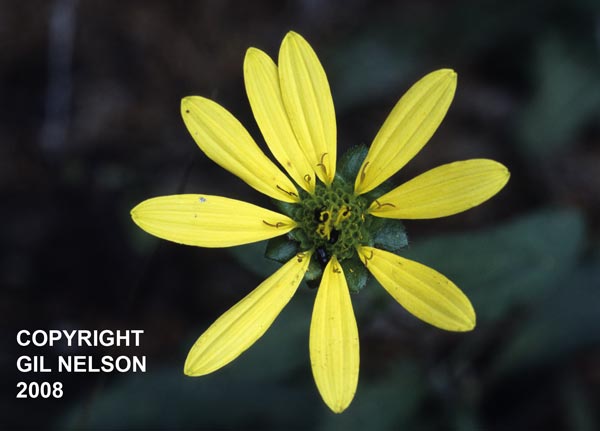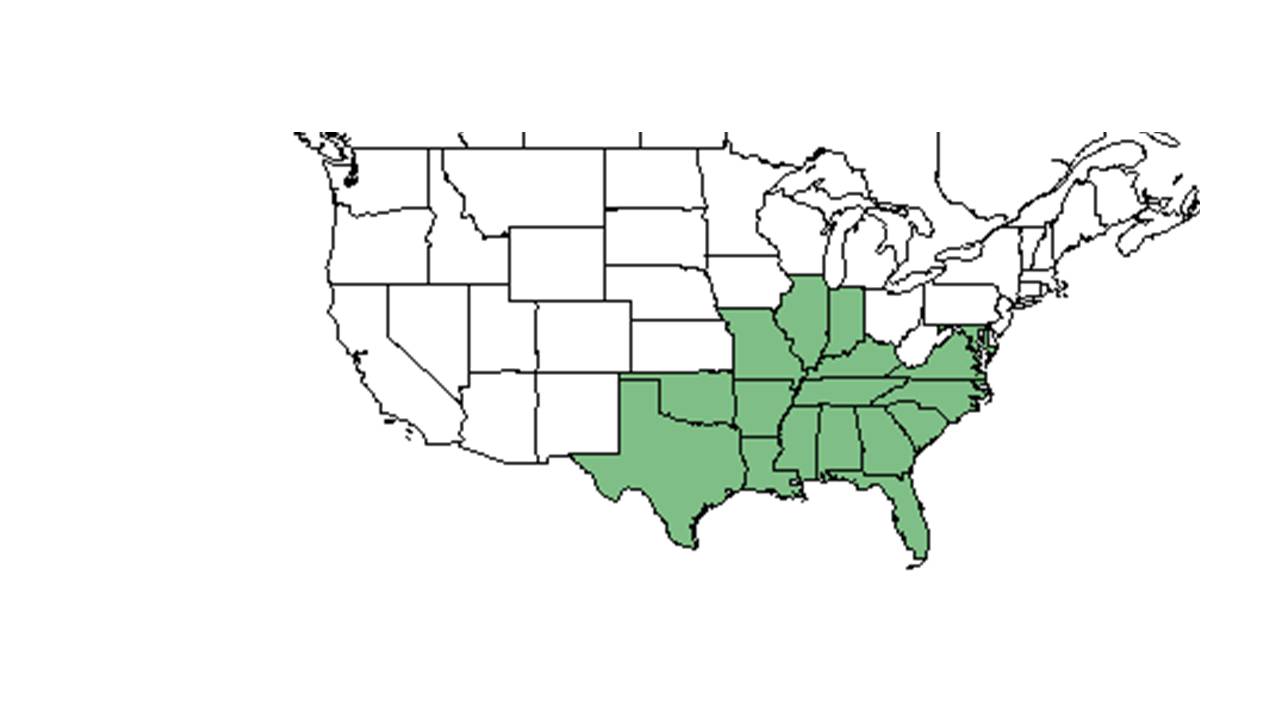Silphium asteriscus
| Silphium asteriscus | |
|---|---|

| |
| Photo taken by Gil Nelson | |
| Scientific classification | |
| Kingdom: | Plantae |
| Division: | Magnoliophyta – Flowering plants |
| Class: | Magnoliopsida – Dicotyledons |
| Order: | Asterales |
| Family: | Asteraceae ⁄ Compositae |
| Genus: | Silphium |
| Species: | S. asteriscus |
| Binomial name | |
| Silphium asteriscus L. | |

| |
| Natural range of Silphium asteriscus from USDA NRCS Plants Database. | |
Common name: starry rosinweed
Contents
Taxonomic notes
Description
A description of Silphium asteriscus is provided in The Flora of North America.
Distribution
Ecology
Habitat
In the Coastal Plain in Florida and Georgia, S. asteriscus can be found in red oak/mockernut woods, sandy hillslopes, mixed hardwoods, upland pine forests, longleaf pine forests, annually burned pinelands, deciduous woods, upland oak-pine woodlands, pine flatwoods, calcareous outcrops, and longleaf pine-deciduous live oak flats (FSU Herbarium). In disturbed habitats it can be found in cutover upland longleaf pine savannas, along highways, along roads, and sandy fallow fields. Soil types include loamy sand, sandy loam and clay (FSU Herbarium). It has been observed to grow with Polymnia (FSU Herbarium).
Outside of the Coastal Plain, it can be found in the Cross Timbers in wooded-open ecotones of oaks, ashes, elms, and hickories (Gee et al. 1994) and the Midland Plateau Central Highlands where the surface soil textrue is sandy clay loam and clay subsoil (Miller, Boyd, Edwards 1999).
Phenology
“Hairy-stalked Silphium. This species has a perennial root; the stem four or five feet high, thick, solid, set with prickly hairs, and having many purple spots; the lower leaves alternate-upper opposite and sessile, rough, about two inches long, and an inch broad near the base, having a few slight indentures on their edges; the upper part of the stem divides into five or six small branches, terminated by yellow radiated flowers like those of the perennial Sun-flower, but smaller, having generally nine florets in the ray. Native of North America, flowering from July to September.” – Strong et al 1848 page 171
Seed dispersal
Seed bank and germination
Fire ecology
It resprouts and flowers within two months of burning in the spring (Robertson observation).
Pollination
Use by animals
It is included in white-tailed deer diets in Cross Timbers ecosystem in Texas (Gee et al 1994).
Diseases and parasites
Conservation and Management
Cultivation and restoration
Photo Gallery
References and notes
- Gee, K. L. (1994). White-tailed deer : their foods and management in the cross timbers. Ardmore, OK, Samuel Roberts Noble Foundation.
- Miller, J. H., R. S. Boyd, et al. (1999). "Floristic diversity, stand structure, and composition 11 years after herbicide site preparation." Canadian Journal of Forest Research 29: 1073-1083.
- Strong, A. B. (1848). The American flora, or history of plants and wildflowers: containing a systematic and general decription, natural history, chemical and medical properties of over six thousand plants, accompanied with a circumstantial detail of the medicinal effects, and of the diseases in which they have been most successfully employed. New York City, NY, Green & Spencer.